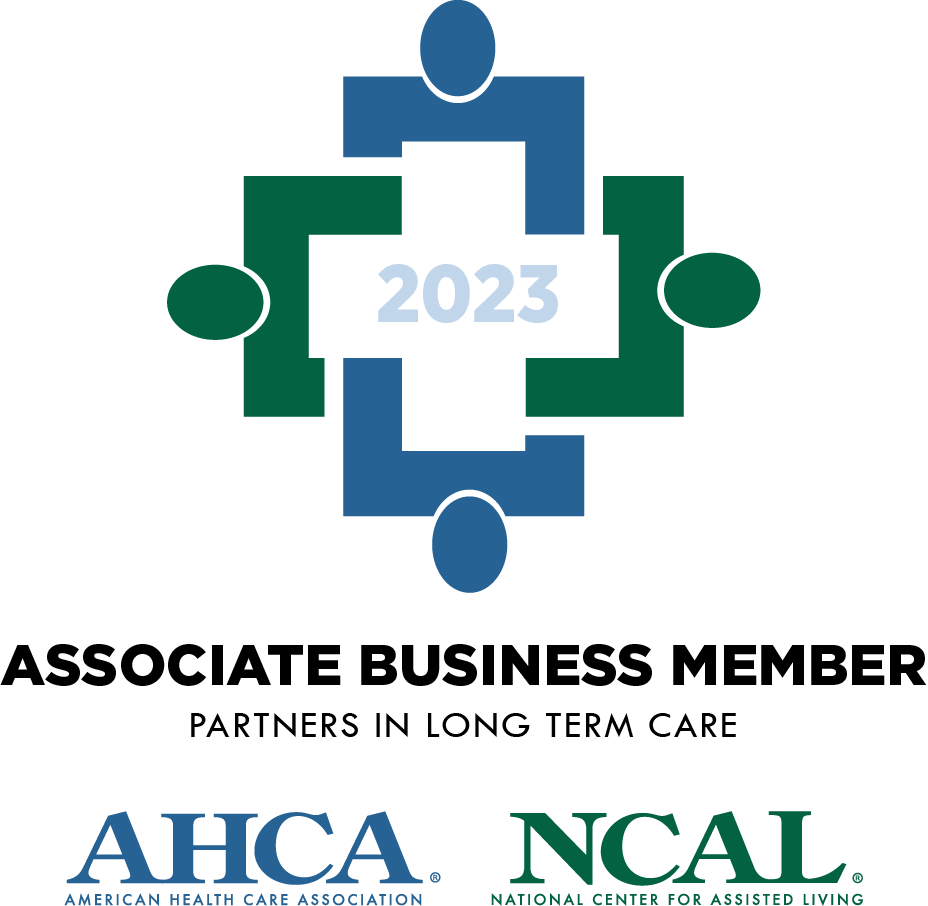Poor risk management can cost skilled nursing facilities in many ways. Here are seven of the most common:
Legal and Financial Consequences:
SNFs face lawsuits and penalties for failing to manage risks. Poor risk management practices can expose SNFs to significant legal and financial consequences, including lawsuits, fines, and penalties. These legal and financial costs can be significant, and in some cases, may even threaten the financial viability of the SNF. SNFs must ensure that they have effective risk management policies and procedures in place to prevent these costly consequences.
Reputation Damage:
Poor risk management can damage the reputation of a SNF, leading to decreased enrollment and reduced revenue. SNFs that are perceived as having inadequate risk management practices may suffer from reduced demand for their services. This can lead to decreased enrollment and reduced revenue, ultimately impacting the financial viability of the SNF. To prevent reputation damage, SNFs must prioritize effective risk management and demonstrate their commitment to resident safety and wellbeing.
Increased Healthcare Costs:
Weak risk control measures can lead to outbreaks and infections. When SNFs fail to manage the risk of infection, they can experience outbreaks that require significant healthcare resources to manage. This can include increased staffing, increased use of personal protective equipment, and increased use of medications. These increased healthcare costs can impact the financial viability of the SNF and may also lead to reduced quality of care for residents.
Loss of funding:
Substandard risk handling can lead to loss of funding from government agencies and other sources. SNFs that fail to meet regulatory requirements for risk management may lose funding from government agencies, such as Medicare and Medicaid. They may also lose funding from other sources, such as private insurers or charitable organizations. Loss of funding can be a significant financial blow to the SNF and may threaten its ability to continue providing care to residents.
Staff Burnout:
Deficient risk assessment can lead to increased workload and stress. When SNFs fail to effectively manage risks, staff may be required to take on additional responsibilities or work in high-stress environments. This can lead to burnout, job dissatisfaction, and increased turnover rates. To prevent staff burnout, SNFs must prioritize effective risk management and ensure that staff have the resources and support they need to provide high-quality care.
Resident Harm:
Insufficient risk mitigation can lead to harm or injury to residents, which can lead to decreased quality of life, physical and emotional harm, and in some cases, death. SNFs have a responsibility to protect their residents from harm, and poor risk management can lead to serious harm or injury. This can impact the quality of life of the resident, as well as their physical and emotional well-being. In extreme cases, poor risk management can even lead to death.
Reduced Confidence in the Healthcare System:
Inadequate risk management can reduce public confidence in the healthcare system, leading to decreased trust with SNF operators. When SNFs fail to effectively manage risks, they can erode public trust in the healthcare system. This can lead to reduced demand for healthcare services, as well as increased scrutiny from regulatory bodies and the public. To maintain public confidence in the healthcare system, SNFs must prioritize effective risk management and demonstrate their commitment to resident safety and well-being.
We understand the importance of managing risks in our industry. That’s why we created Risk Suite. A suite of software applications and reports are integrated into your existing systems. No double entry or accessing multiple data sources is required to obtain optimal risk reduction results. Risk Suite simplifies your risk management program and may even reduce your insurance costs.







